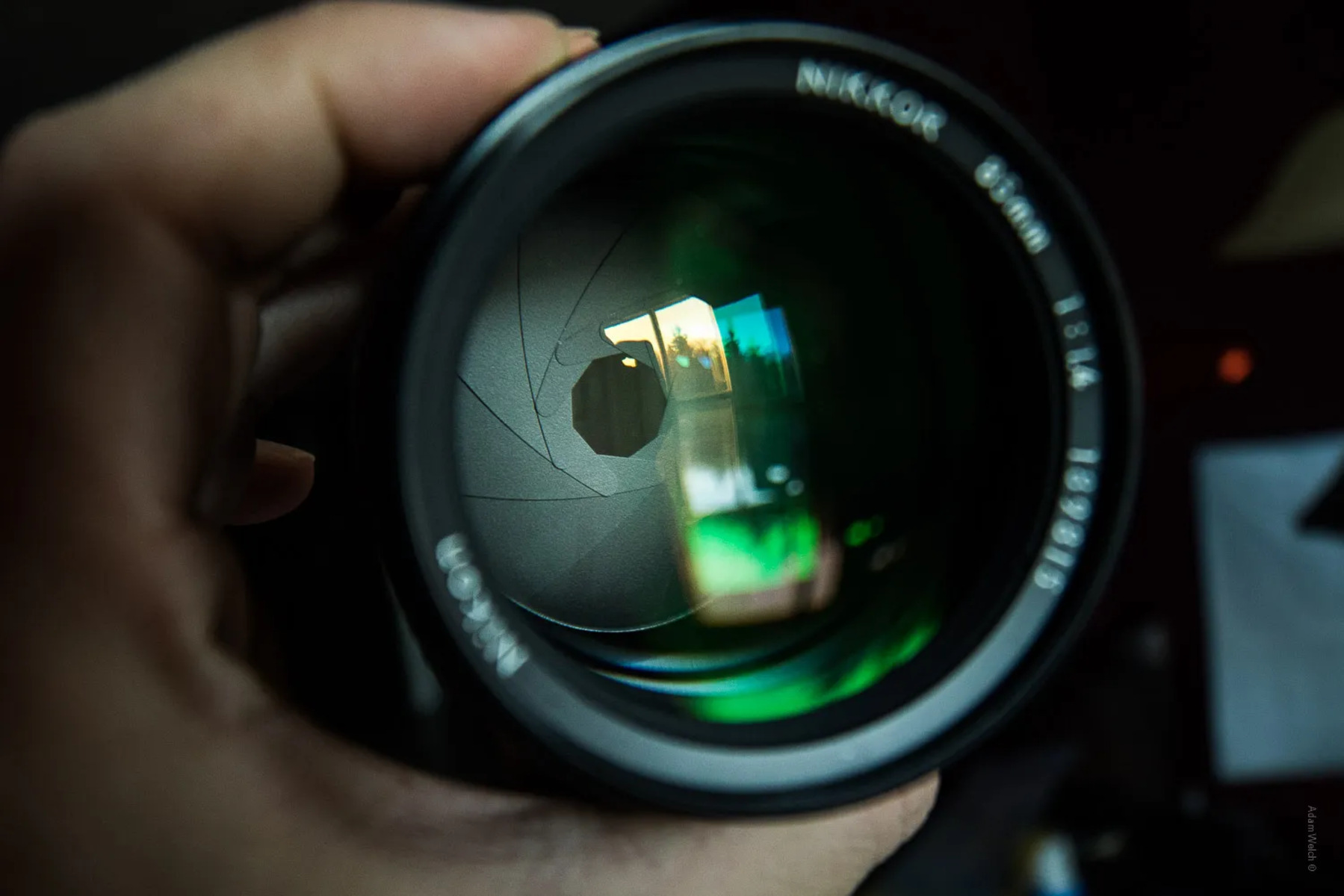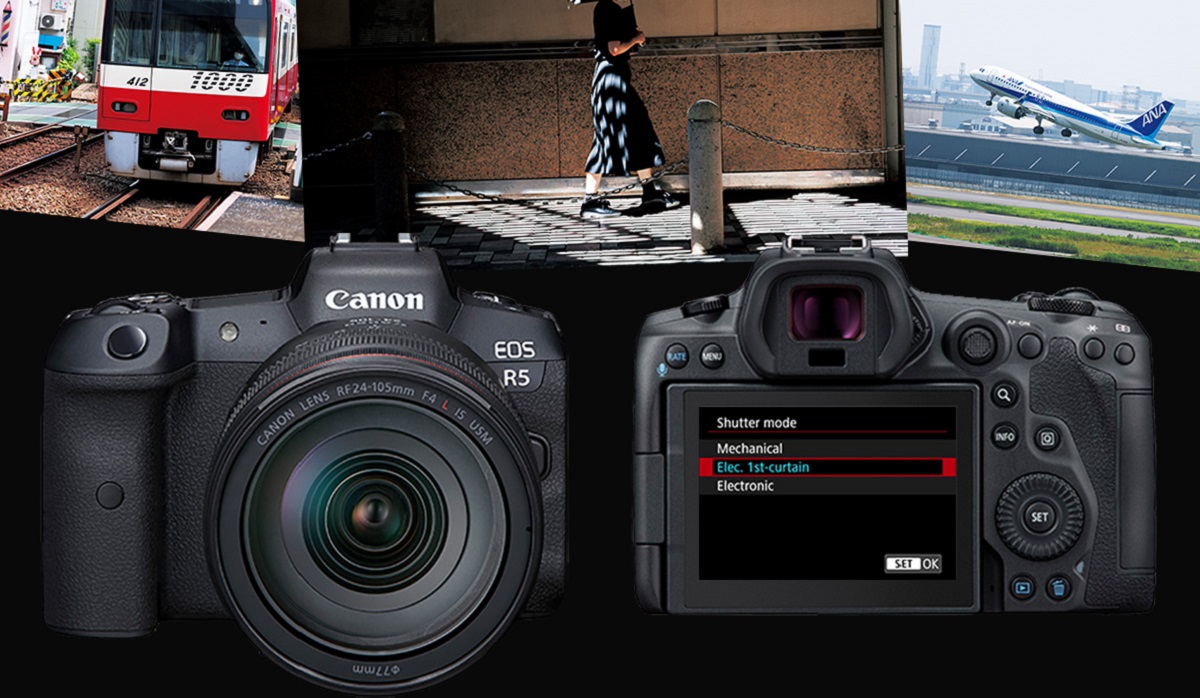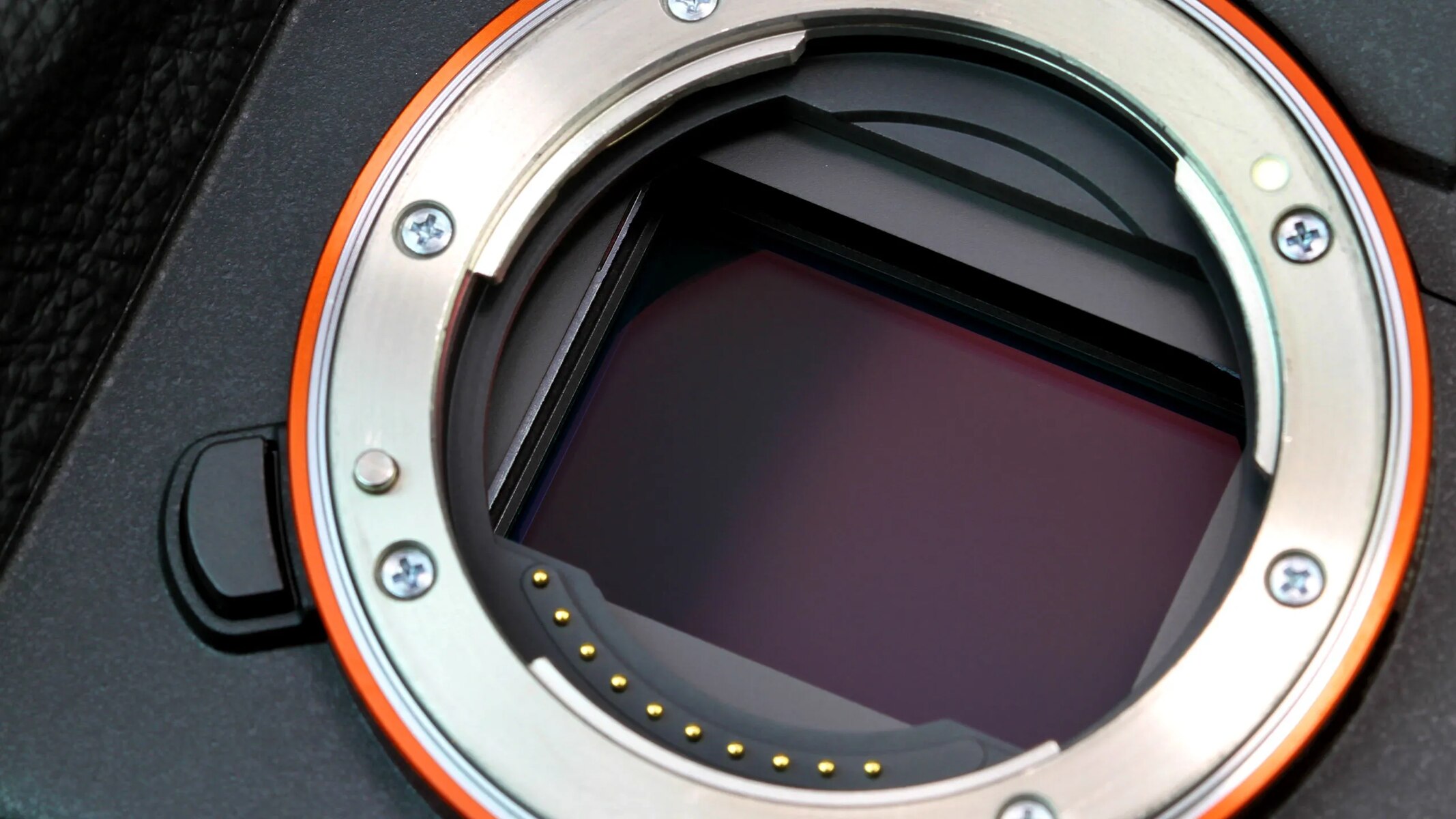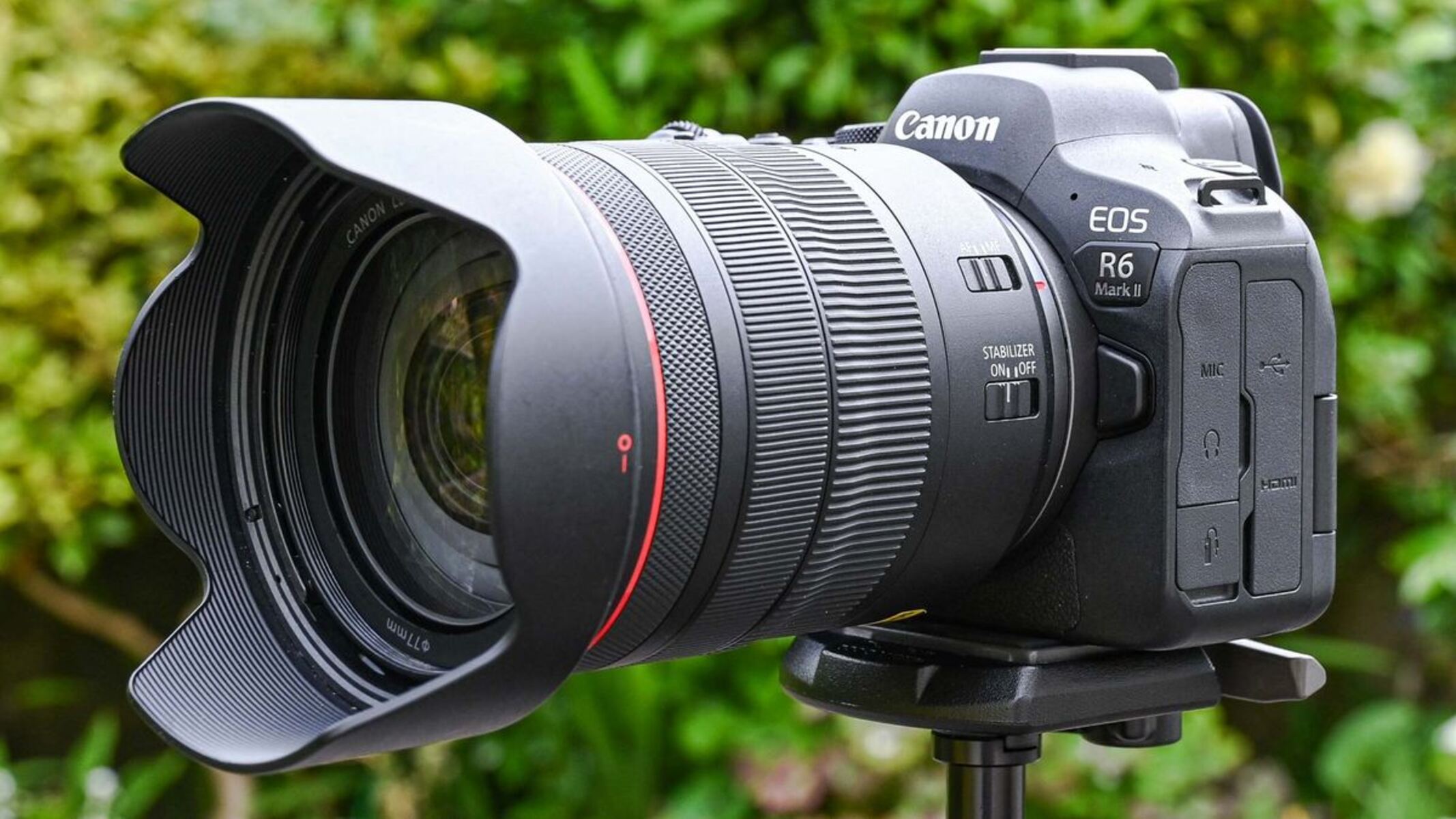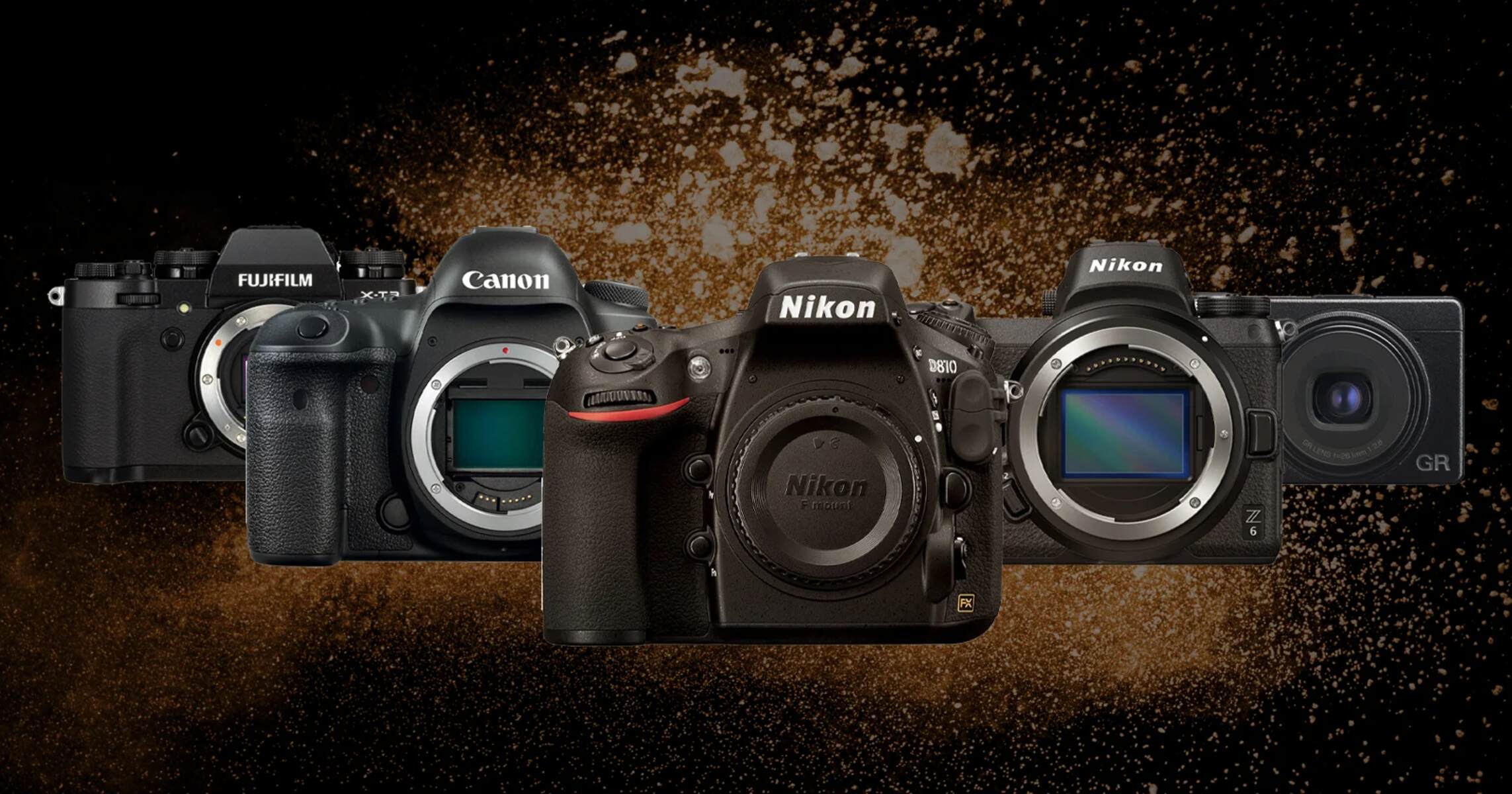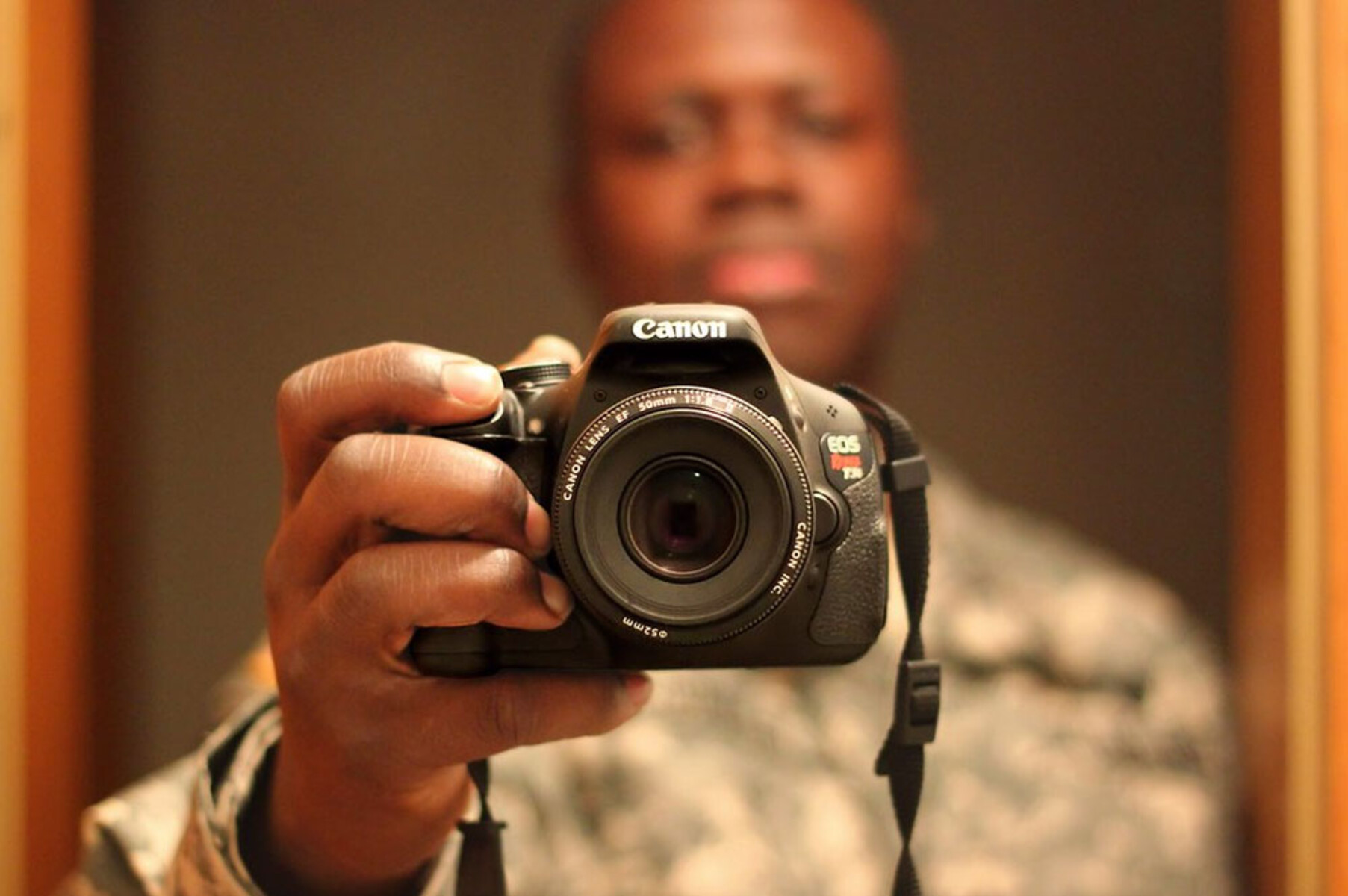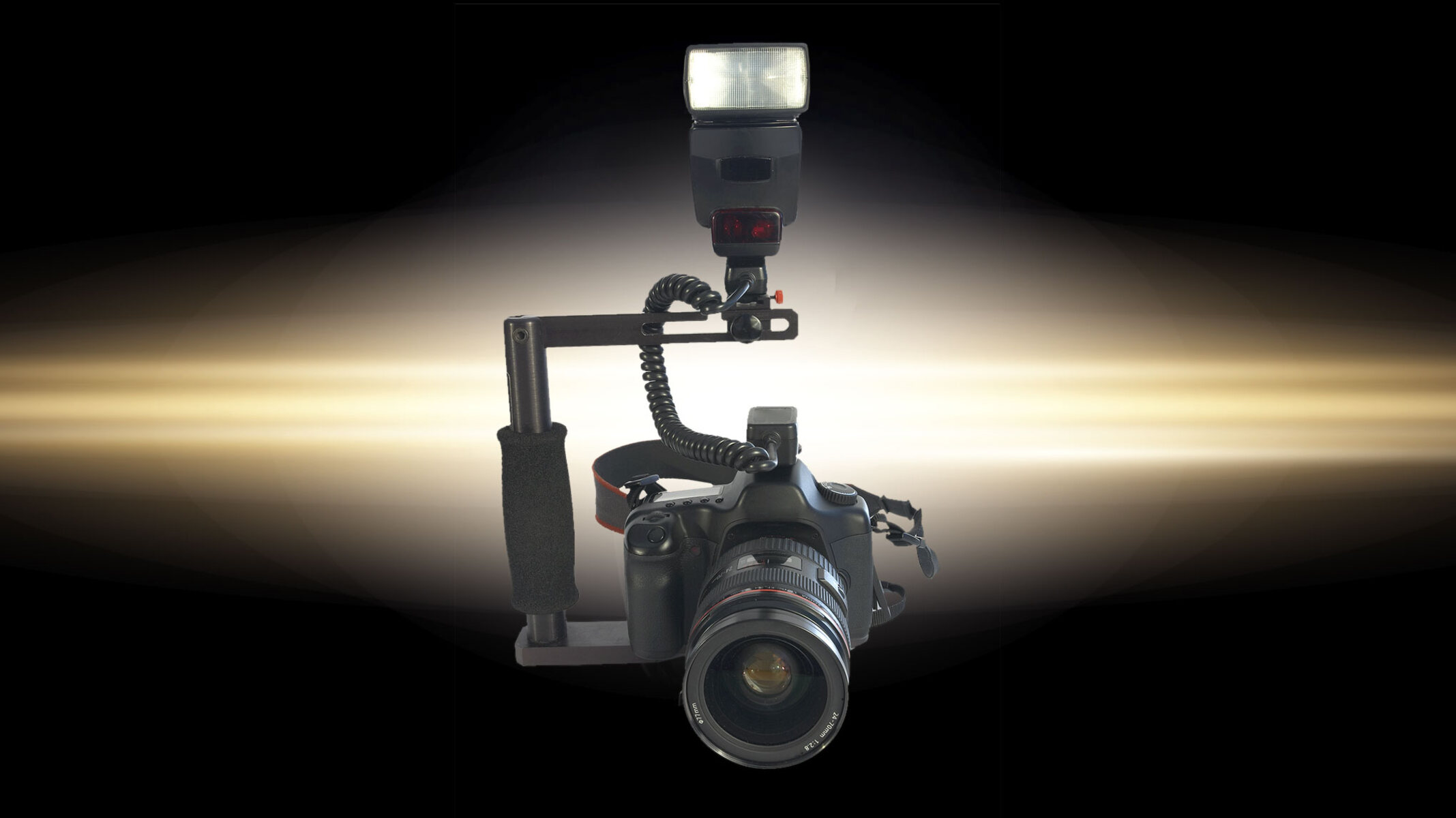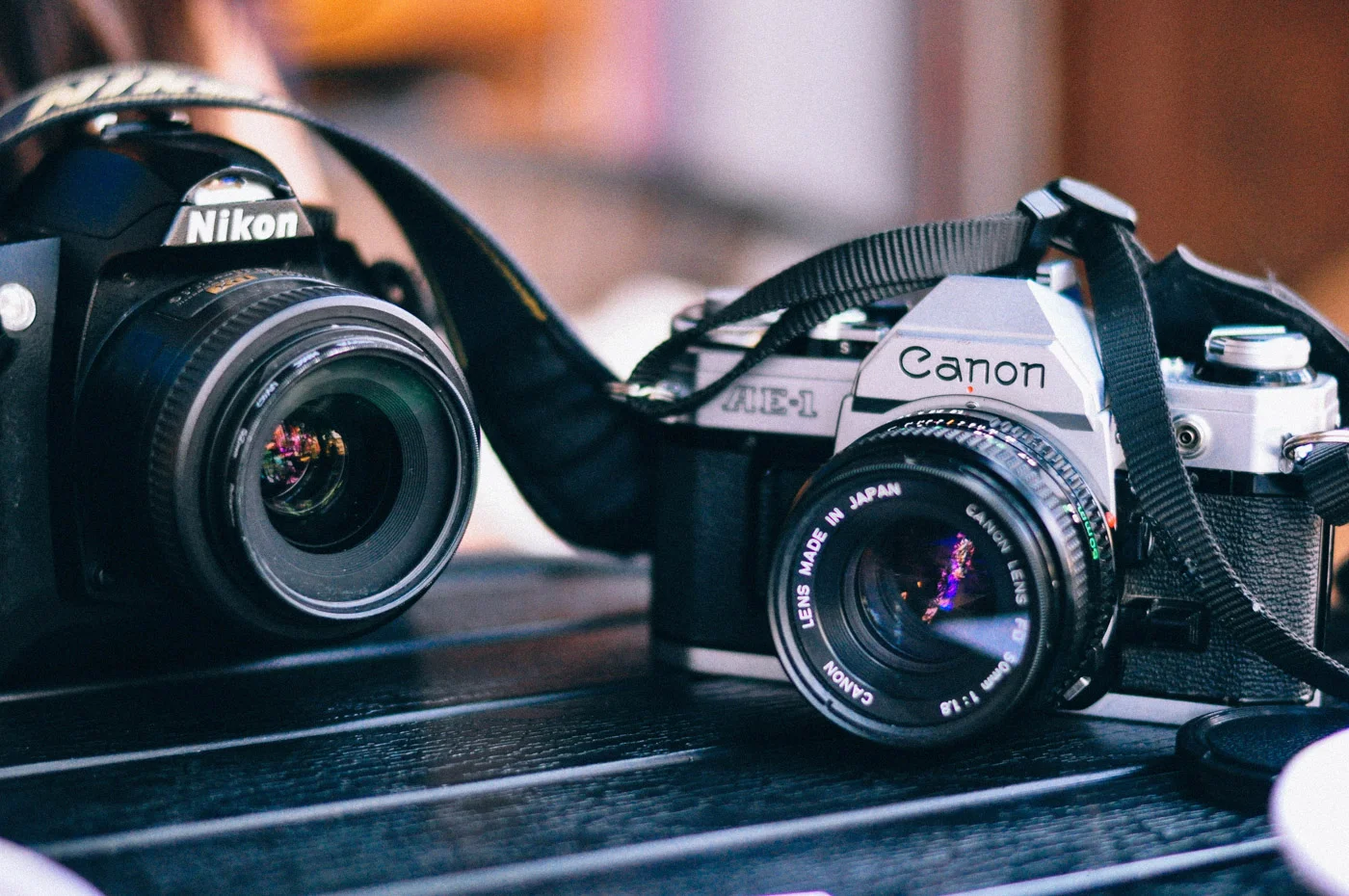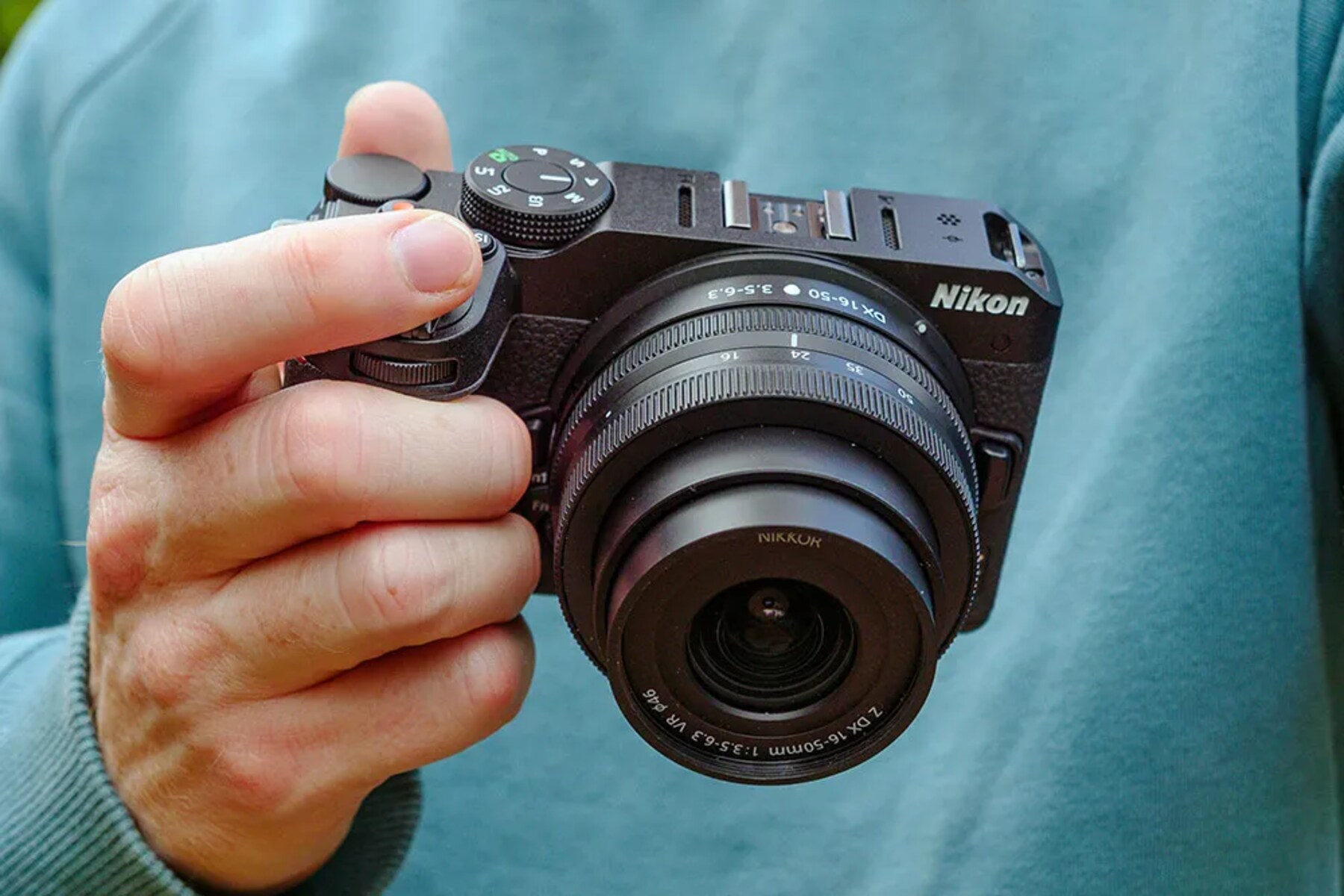Introduction
Photography has undergone a remarkable transformation with the advent of mirrorless cameras, revolutionizing the way we capture images. Central to the functionality of these cutting-edge devices is the mirrorless camera shutter, a crucial component that determines exposure time and influences the overall quality of photographs. Understanding the inner workings of this essential mechanism is key to harnessing the full potential of a mirrorless camera.
In this comprehensive guide, we will delve into the intricacies of mirrorless camera shutters, shedding light on their operation and highlighting the key distinctions between electronic and mechanical shutter systems. By the end of this exploration, you will gain valuable insights into the advantages and limitations of each shutter type, empowering you to make informed decisions when capturing captivating moments through the lens of a mirrorless camera.
Join us as we unravel the mysteries behind the mesmerizing world of mirrorless camera shutters, demystifying their mechanisms and unveiling the secrets that underpin their remarkable performance. Whether you are an amateur photographer seeking to elevate your skills or a seasoned professional aiming to master the art of mirrorless photography, this journey promises to equip you with the knowledge and expertise to make the most of your photographic endeavors. Let's embark on this captivating exploration of mirrorless camera shutters, where innovation and creativity converge to redefine the art of capturing timeless moments.
The Basics of Mirrorless Camera Shutter
At the heart of every mirrorless camera lies a sophisticated shutter mechanism that regulates the duration of light exposure, playing a pivotal role in image capture. Unlike traditional DSLR cameras, which employ a physical mirror to direct light to an optical viewfinder, mirrorless cameras utilize an electronic viewfinder or the camera’s display screen to preview the image. This fundamental distinction extends to the design and operation of the shutter system, marking a significant departure from conventional photography.
Essentially, the mirrorless camera shutter comprises two primary variants: the electronic shutter and the mechanical shutter. Each type offers distinct advantages and limitations, catering to diverse shooting scenarios and creative preferences. Understanding the nuances of these shutter mechanisms is essential for photographers seeking to harness the full potential of their mirrorless cameras.
Moreover, the shutter speed, measured in fractions of a second, determines the duration for which the camera’s sensor is exposed to light. This parameter is critical in capturing moving subjects with precision and freezing fast-paced action, making it a vital consideration for photographers across genres. Whether freezing the exhilarating motion of a sprinter or capturing the serene beauty of a landscape in low light, mastering the intricacies of shutter speed unlocks a realm of creative possibilities.
As we delve deeper into the realm of mirrorless camera shutters, we will unravel the inner workings of electronic and mechanical shutter systems, unveiling the unique capabilities that set them apart. By grasping the fundamentals of these shutter mechanisms, photographers can elevate their craft, transcending the confines of traditional photography and embracing the boundless potential of mirrorless cameras.
Electronic Shutter vs Mechanical Shutter
One of the defining features of mirrorless cameras is the availability of two distinct shutter mechanisms: the electronic shutter and the mechanical shutter. Each type offers unique benefits and trade-offs, catering to different shooting scenarios and creative preferences. Understanding the characteristics of these shutter systems is essential for photographers seeking to optimize their photographic results.
The electronic shutter, a hallmark of modern mirrorless cameras, operates without any physical moving parts. Instead of a mechanical curtain, the electronic shutter leverages the camera’s sensor to capture images by electronically activating and deactivating individual pixels. This results in near-silent operation and enables incredibly fast shutter speeds, making it ideal for capturing high-speed action with exceptional precision. Additionally, the electronic shutter eliminates the risk of shutter shock, a phenomenon associated with mechanical shutters that can cause subtle vibrations and impact image sharpness, particularly at slower shutter speeds.
On the other hand, the mechanical shutter, while more traditional in its design, offers distinct advantages in specific shooting scenarios. Comprising physical curtains that open and close to expose the camera’s sensor to light, the mechanical shutter provides a familiar and tactile experience for photographers. This mechanism is well-suited for capturing fast-moving subjects, as it minimizes the risk of distortion and rolling shutter effects, which can occur with electronic shutters when capturing subjects in motion.
Furthermore, the mechanical shutter excels in scenarios where artificial lighting or high-speed flash synchronization is required, as it ensures precise coordination with external lighting sources. Its robust construction and reliability make it a preferred choice for photographers who demand consistent performance in a wide range of shooting conditions.
By weighing the strengths and limitations of electronic and mechanical shutters, photographers can strategically leverage the unique capabilities of each system to elevate their craft. Whether freezing the split-second action of sports events or capturing the ethereal beauty of long-exposure landscapes, the choice between electronic and mechanical shutters empowers photographers to tailor their approach and unleash their creative vision.
How Does the Electronic Shutter Work?
The electronic shutter, a hallmark of innovation in mirrorless cameras, operates on a fundamentally different principle than its mechanical counterpart. Instead of relying on physical curtains to regulate light exposure, the electronic shutter harnesses the power of the camera’s sensor to capture images with remarkable precision and speed.
When the electronic shutter is activated, the camera’s sensor electronically scans and captures the image data, pixel by pixel, without the need for any physical movement within the shutter mechanism. This process enables the electronic shutter to achieve exceptionally fast shutter speeds, often surpassing the capabilities of mechanical shutters. As a result, photographers can freeze fast-paced action with unparalleled accuracy, making the electronic shutter an invaluable tool for capturing dynamic subjects and fleeting moments.
Furthermore, the electronic shutter’s operation is virtually silent, eliminating the audible noise associated with mechanical shutters. This feature is particularly advantageous in environments where silence is paramount, such as during solemn ceremonies, wildlife photography, or discreet documentary work. The absence of mechanical movement also minimizes the risk of shutter shock, ensuring consistently sharp images, especially at slower shutter speeds.
Another noteworthy attribute of the electronic shutter is its ability to offer completely silent shooting, a feature highly coveted in scenarios where even the faintest noise could disrupt the ambiance or startle subjects. This capability makes the electronic shutter indispensable for capturing candid moments, quiet performances, or intimate gatherings without intruding on the atmosphere.
Moreover, the electronic shutter’s electronic readout process eliminates the potential for rolling shutter effects, ensuring that moving subjects are rendered with exceptional clarity and minimal distortion. This is particularly advantageous when photographing fast-moving subjects or panning the camera to track motion, as it preserves the integrity of the captured scene without the characteristic skewing associated with rolling shutter artifacts.
By leveraging the advanced capabilities of the electronic shutter, photographers can push the boundaries of creative expression, capturing moments with unprecedented speed, precision, and discretion. This innovative shutter mechanism empowers photographers to explore new frontiers in image capture, transcending the constraints of traditional photography and embracing the limitless potential of mirrorless cameras.
How Does the Mechanical Shutter Work?
The mechanical shutter, a time-honored cornerstone of traditional photography, operates on a mechanical principle that has stood the test of time. Comprising physical curtains that open and close to regulate the duration of light exposure, the mechanical shutter offers a tactile and reassuringly familiar experience for photographers, embodying the essence of classic camera design.
When the shutter release is activated, the first curtain swiftly opens, allowing light to reach the camera’s sensor and initiate the exposure process. The duration for which the sensor remains exposed is determined by the selected shutter speed, after which the second curtain follows, closing to terminate the exposure. This seamless orchestration of the two curtains ensures that the sensor is exposed to light for the precise duration dictated by the photographer’s settings, capturing the desired image with meticulous timing and control.
One of the defining characteristics of the mechanical shutter is its robust construction, designed to withstand the rigors of continuous use and deliver consistent performance across a wide range of shooting conditions. This reliability makes the mechanical shutter a preferred choice for photographers who demand unwavering precision and durability in their equipment, particularly in demanding environments or extended shooting sessions.
Furthermore, the mechanical shutter’s physical operation imparts a distinct tactile feedback, providing photographers with a tangible connection to the image capture process. The audible click of the shutter release and the rhythmic movement of the curtains evoke a sense of involvement and anticipation, enhancing the immersive experience of capturing moments through the lens of a camera.
In scenarios where artificial lighting or high-speed flash synchronization is required, the mechanical shutter excels in precisely coordinating with external lighting sources, ensuring seamless integration and consistent exposure accuracy. This capability is invaluable for photographers working in studio settings, event photography, or any situation where precise flash timing is essential to the creative vision.
By mastering the intricacies of the mechanical shutter, photographers can harness its timeless appeal and unwavering performance to capture moments with precision and artistry. This venerable shutter mechanism continues to inspire photographers, bridging the legacy of traditional photography with the boundless innovation of modern mirrorless cameras.
Pros and Cons of Mirrorless Camera Shutter Systems
The evolution of mirrorless camera technology has introduced photographers to a diverse array of shutter systems, each offering distinct advantages and trade-offs. Understanding the pros and cons of these mechanisms is essential for photographers seeking to optimize their creative potential and adapt to various shooting scenarios.
Electronic Shutter: Advantages
- Exceptional Speed: The electronic shutter enables remarkably fast shutter speeds, allowing photographers to freeze high-speed action with unparalleled precision.
- Silent Operation: The absence of mechanical movement results in near-silent shooting, making the electronic shutter ideal for discreet or noise-sensitive environments.
- Shutter Shock Elimination: The electronic shutter mitigates the risk of shutter-induced vibrations, ensuring consistently sharp images, especially at slower shutter speeds.
- Rolling Shutter Prevention: Electronic shutters eliminate the potential for rolling shutter artifacts, preserving the integrity of moving subjects and fast-paced scenes.
Electronic Shutter: Limitations
- Bandwidth Limitations: In scenarios with high-frequency artificial lighting or fast-moving subjects, electronic shutters may encounter limitations related to sensor readout speeds and artificial light synchronization.
- Distortion with Fast Motion: When capturing extremely fast-moving subjects, electronic shutters may exhibit distortion or skewing effects, impacting the fidelity of the captured scene.
Mechanical Shutter: Advantages
- Reliability and Durability: The mechanical shutter's robust construction ensures consistent performance and reliability across a wide range of shooting conditions, making it an ideal choice for demanding environments.
- Tactile Feedback: The audible click and tactile sensation of the mechanical shutter enhance the photographer's connection to the image capture process, providing a tangible and immersive experience.
- Flash Synchronization: Mechanical shutters excel in coordinating with external lighting sources, offering precise flash synchronization and seamless integration with artificial lighting.
Mechanical Shutter: Limitations
- Shutter Noise: The audible sound of the mechanical shutter may be disruptive in quiet environments or when discretion is essential, limiting its suitability for certain shooting scenarios.
- Shutter Shock: Mechanical shutters can induce subtle vibrations, known as shutter shock, which may impact image sharpness, particularly at slower shutter speeds.
By weighing the advantages and limitations of electronic and mechanical shutter systems, photographers can strategically leverage the unique capabilities of each mechanism to elevate their craft. Whether capturing the exhilarating energy of a bustling city or the serene tranquility of a natural landscape, the choice of shutter system empowers photographers to tailor their approach and unleash their creative vision with precision and artistry.
Conclusion
The realm of mirrorless camera shutters embodies a captivating convergence of innovation, precision, and artistic expression, offering photographers a rich tapestry of shutter systems to bring their creative visions to life. As we journeyed through the intricacies of electronic and mechanical shutters, we unveiled the distinctive attributes and capabilities that define each mechanism, empowering photographers to navigate diverse shooting scenarios with confidence and finesse.
From the lightning-fast prowess of electronic shutters to the timeless reliability of mechanical shutters, each system presents a compelling array of advantages and considerations, shaping the way photographers capture and immortalize moments through the lens. The electronic shutter’s silent agility and remarkable speed open doors to new realms of creativity, while the mechanical shutter’s tactile allure and unwavering reliability evoke a sense of timeless tradition and craftsmanship.
By understanding the nuances of mirrorless camera shutters, photographers can harness the full spectrum of creative possibilities, transcending the confines of conventional photography and embracing the boundless innovation of modern imaging technology. Whether freezing the electrifying energy of a live performance or capturing the ethereal beauty of a celestial event, the choice of shutter system becomes a powerful tool for crafting visual narratives with precision, emotion, and authenticity.
As we conclude this exploration, we invite photographers to embark on their own journeys of discovery and experimentation, allowing the artistry of mirrorless camera shutters to inspire and elevate their craft. With each click of the shutter, a world of possibilities unfolds, beckoning photographers to capture fleeting moments and timeless stories with the grace and finesse that only mirrorless cameras can offer.
Let the symphony of electronic and mechanical shutters harmonize with your creative spirit, guiding you to new horizons of visual storytelling and artistic expression. Embrace the rhythm of innovation and tradition, and let the mesmerizing dance of light and shadow unfold through the lens of your mirrorless camera, where every shutter release becomes a testament to the enduring magic of photography.







